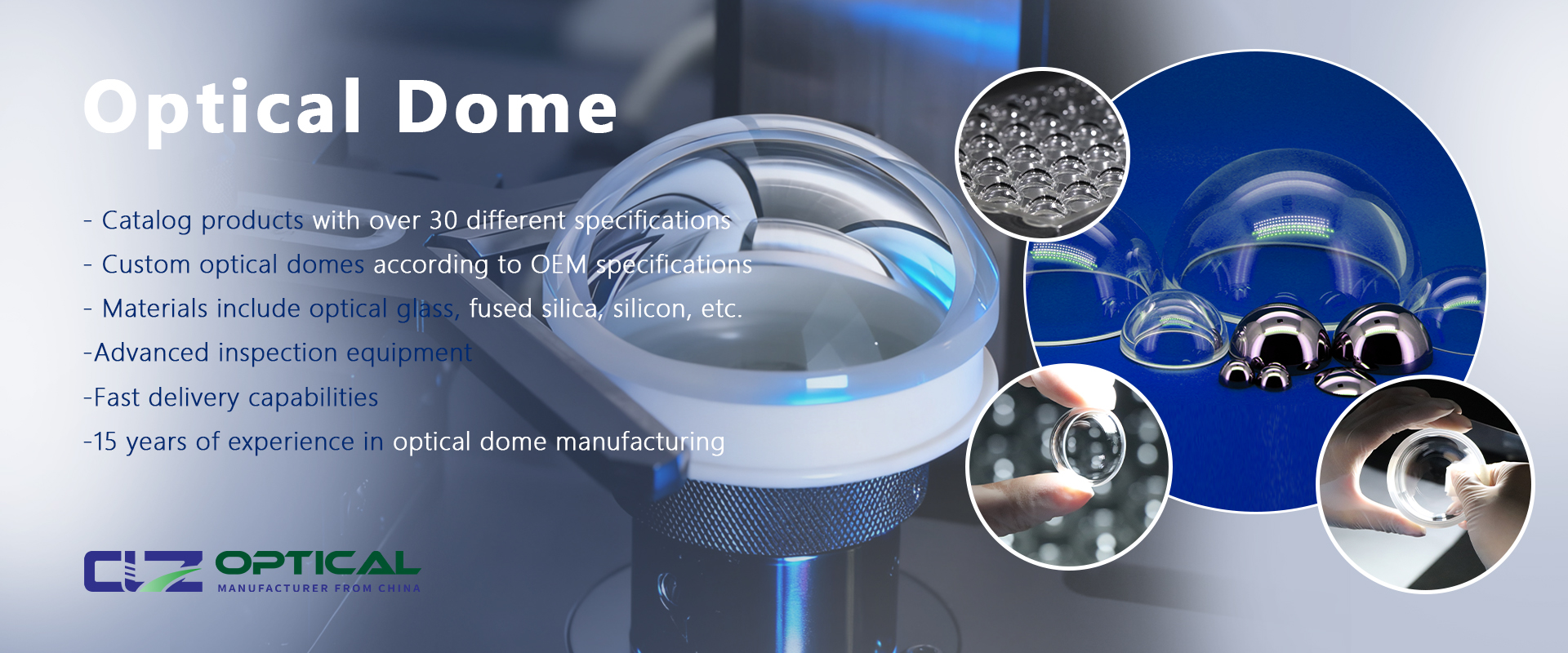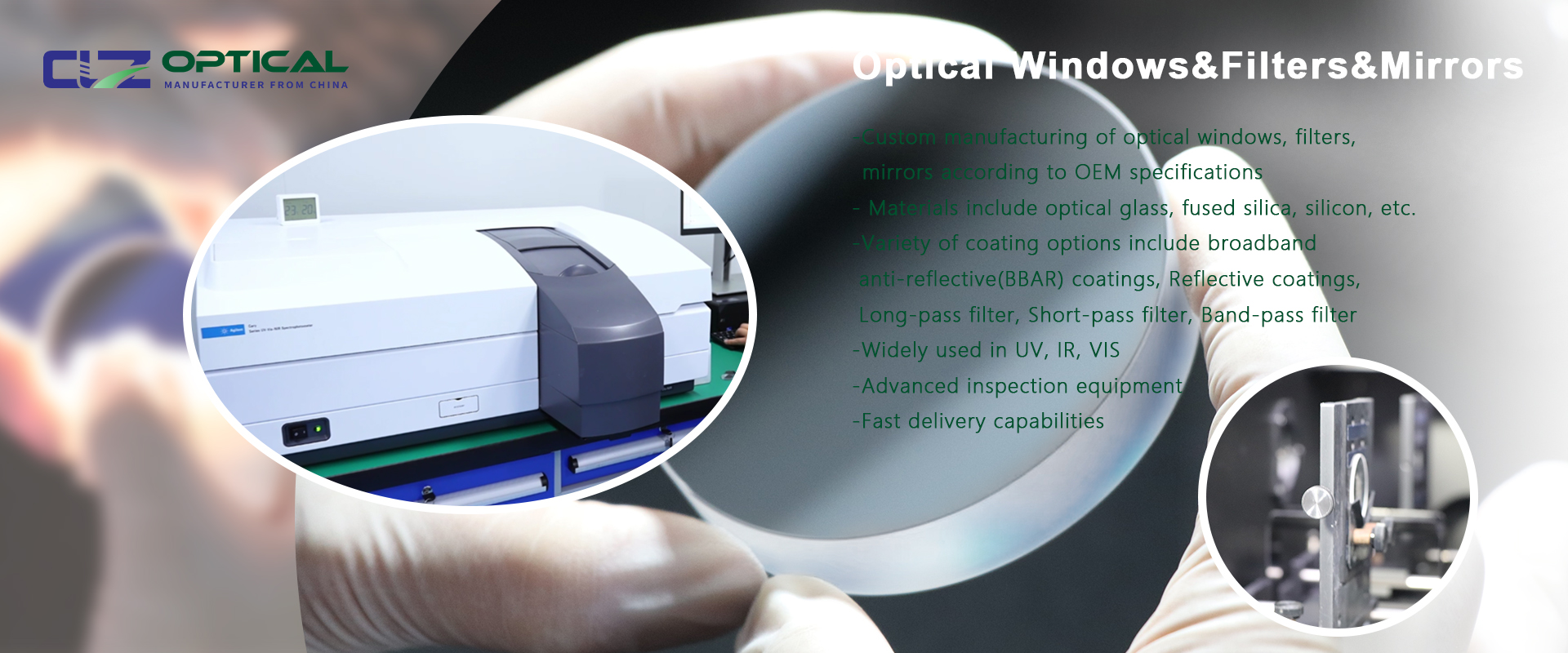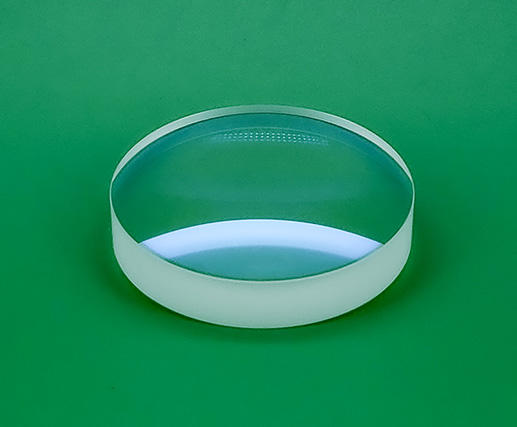Rhomboid Prism
The rhomboid prism is fabricated from optical glass with high homogeneity as the substrate material, formed into a specific parallelepiped structure through precision machining. Its core function lies in achieving angle-free lateral displacement of the incident beam while maintaining the original propagation direction and image orientation. The two transmission faces are strictly parallel and possess high surface form accuracy, ensuring effective control of wavefront distortion during beam displacement. The substrate material offers broad spectral transmission capability from ultraviolet to infrared, with excellent material stability guaranteeing reliable performance under complex physical environments such as optical system vibration and thermal variation.
Analysis of Beam Displacement Application Scenarios
Laser Systems and Optical Processing
Laser cutting equipment utilizes rhomboid prism assemblies to adjust the spatial arrangement of multiple beams, enabling synchronous control of complex machining paths. Integrated within laser resonators, this prism precisely compensates for thermal drift effects in the optical path. Experimental setups on optical benches leverage its displacement characteristics to construct multi-path interference configurations with laser focusing.
Imaging and Sensing Systems
In the detection path of confocal microscopes, the rhomboid prism achieves spatial separation of signal light and excitation light using an imaging lens. Industrial endoscope systems employ miniaturized prism assemblies to arrange multi-angle imaging paths within limited spaces. Spectral analysis modules optimize the spatial layout of detector arrays by displacing the beam.
Precision Measurement and Metrology
Optical interferometers utilize rhomboid prisms to construct reference arm displacement paths, extending the measurement baseline length. Semiconductor mask alignment equipment integrates this component to achieve precise spatial isolation between inspection beams and working beams. 3D sensing systems control multi-view projection paths through prism arrays.
Communication and Display Technology
Free-space optical communication terminals employ rhomboid prism assemblies to compensate for beam path deviations caused by platform displacement. Optical engines in Augmented Reality (AR) headsets utilize its compact structure for image relay transmission. In the alignment monitoring systems of fiber splicers, the prism enables collinear calibration of the observation path with the operational axis.
Scientific Research and Special Applications
Quantum optics experimental platforms utilize rhomboid prisms for precise control of entangled photon path spacing. Receiving units in atmospheric monitoring lidars achieve parallel collection of multi-channel echo signals through prism arrays. Within synchrotron radiation beamlines, prism assemblies enable the non-perturbative embedding of beam diagnostic modules.
CLZ Optical Co., Ltd. supplies custom rhomboid prisms, including N-BK7 material rhomboid prisms and UV fused silica rhomboid prisms.
- Spherical Lenses
- Optical Dome
- Cylindrical lenses
- Optical Windows
- Optical Prisms
- Optical Mirrors
- Optical Filters
- UV and IR Optics
- Custom Optics
- Optical Coatings
- Blank Material





















